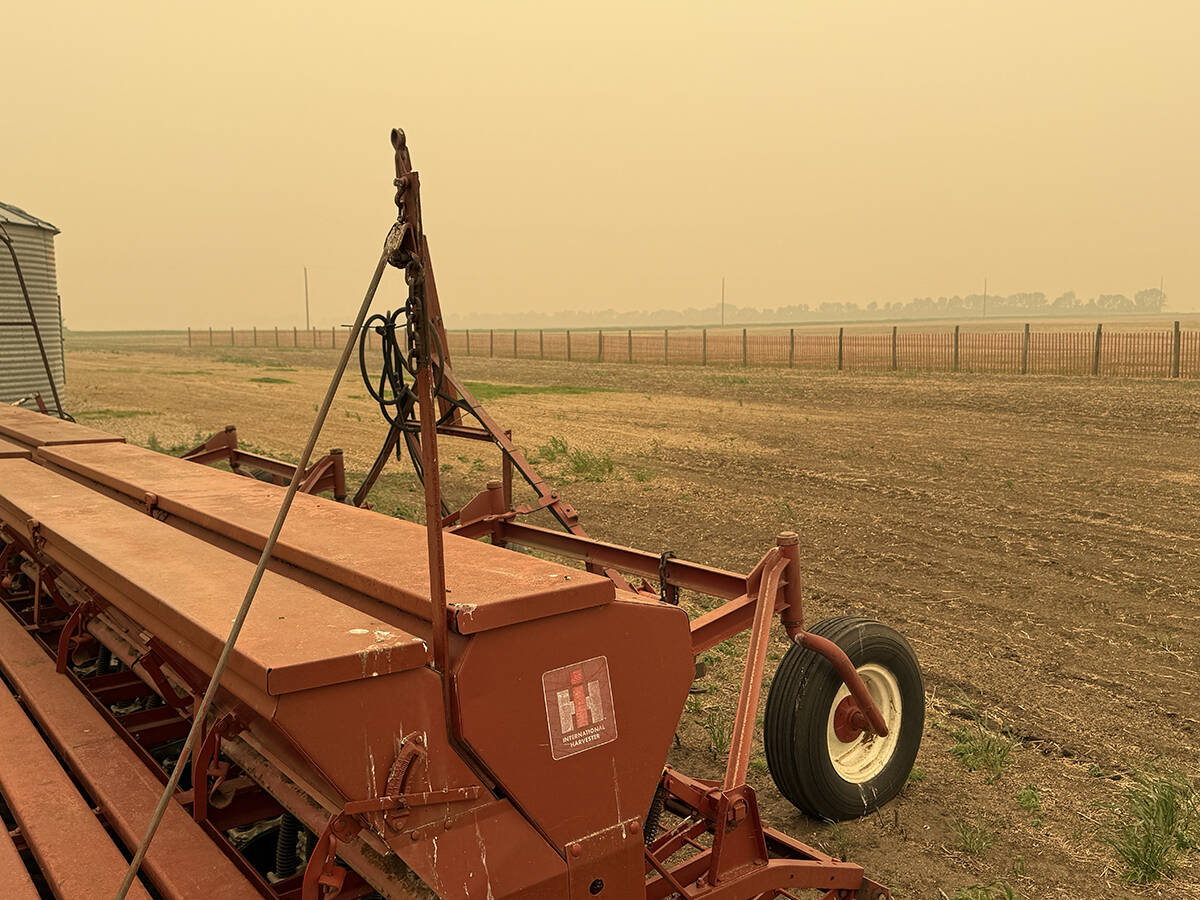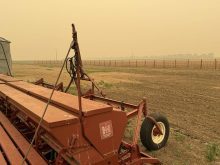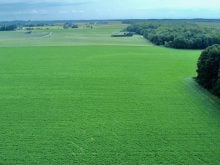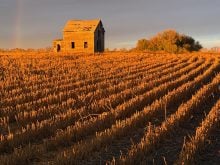A Manitoba farmer has the distribution rights to a crop he thinks could become a popular rice substitute, but a respected plant breeder said that is a pipe dream.
Scott Sigvaldason, part owner of Wedge Farms Nutrition, said Cavena Nuda oats could be the next Cinderella crop.
“I don’t see why it shouldn’t be a major crop in Western Canada and other countries in the world,” said the Arborg, Man., producer.
Wedge Farms Nutrition recently acquired the distribution rights for AC Gehl, a hulless oat variety developed by retired Agriculture Canada breeder Vern Burrows.
Read Also

Wildfires have unexpected upside this year
One farmer feels smoke from nearby wildfires shrouded the July skies and protected his crop from the sun’s burning rays, resulting in more seeds per pod and more pods per plant.
Sigvaldason said the unique hairless variety produces an oat groat that looks like long grain brown rice after 20 minutes of cooking, has a nutty flavour and is nutritious.
The product is nothing like oatmeal.
“That’s what everyone associates with oats, and it’s breakfast. But this stuff is rice and it’s supper,” he said.
“We’re not selling oats. We’re selling rice.”
Sigvaldason said it may take a while but what he called the rice of the Prairies should eventually displace a portion of the massive global rice market.
Brian Rossnagel, an oat breeder at the University of Saskatchewan’s Crop Development Centre, thinks that is overselling the crop’s potential.
“To think we’re going to take over a portion of the world rice market with hulless oats or oat groats, in my opinion, is just a little bit naïve,” he said.
He can’t envision somebody going out for Chinese food and requesting a bowl of oat groats instead of rice.
Researchers have explored the potential of hulless oats and determined there are a number of impediments to marketing, storing and transporting the crop. Rossnagel’s breeding program doesn’t even look at hulless oats anymore.
Food ingredient manufacturers prefer hulled oats because they want to keep tabs on what happens to the product after the hull comes off since it is highly susceptible to fungi, moulds and other contaminants. In addition, the oil in the oats can easily go rancid if not immediately kiln dried.
That’s why Rossnagel believes the crop will largely remain a birdseed ingredient, where there are less quality control concerns.
Another impediment is that the crop is difficult and costly to store. Oat groats are so nutritious that they attract “every rodent and bird and insect and fungal disease known to mankind,” he said.
Sigvaldason remains undaunted. He said Unilever has expressed interest in what is being marketed as Cavena Nuda oats and there is a company in China that would take 50,000 tonnes of the product annually if it were available.
Growers planted about 1,200 acres of the crop under contract in 2008, the first year of registration for AC Gehl, and received a $1 per bushel premium for their efforts from Wedge Farms Nutrition. The company is setting up a mill near Niverville, Man., to process the crop.
Sigvaldason hopes to see 2,000 to 3,000 acres next year. He doesn’t want supply to get way ahead of demand as happened with hemp and hulless barley.
The variety offers a number of agronomic advantages over other hulless oats.
First, it is far less hairy and itchy than its fibreglass-like cousins. One day during the first year of experimental trials Sigvaldason took his shirt off and stood in a cloud of dust behind the combine’s straw chopper.
“I thought, ‘here’s a trial. I can run home and cry like a little girl and have a shower real quick if it is as itchy as the old stuff.’ It turned out it wasn’t bad at all.”
Another advantage with AC Gehl is that 98 percent of the hulls are shed in the combining process compared to 85 percent for other hulless varieties.
The bushel weight is closer to wheat than oats.
Rossnagel said the variety offers agronomic advantages, but still has some hair and some hulls and that’s not good enough for food manufacturers. They will have to run it through a dehulling process even if a shipment contains only two percent hulls.
Sigvaldason said the oat industry has been built around dehulling plants so there is a built-in bias against hulless oats.















